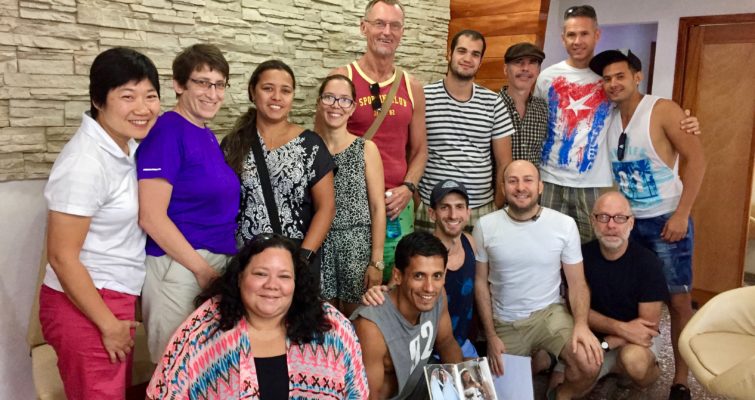
What is Support for the Cuban People?
As you probably know, the U.S. restricts travel to Cuba for all U.S. citizens and residents. But there are certain licenses available, or categories of travel the regulations do permit. Most of these licenses are very limited, available only for professional reasons or to visit any family you have in Cuba.
As of June 2019, the one license available to the general public is Support for the Cuban People. This license permits travel that supports the development of Cuban society in certain ways. Follow the link to read the legalese, or just keep reading for my take on it.
Note that while this category was re-written in Trump’s November 2017 revisions to the regulations, that rewrite included a lot of the same language that previously governed Cuba travel under the People-to-People license. I’ve got years of experience working in the industry and with the Treasury Department on just how that language applies in the real world. That’s why I’ve got clear opinions on what it all means.
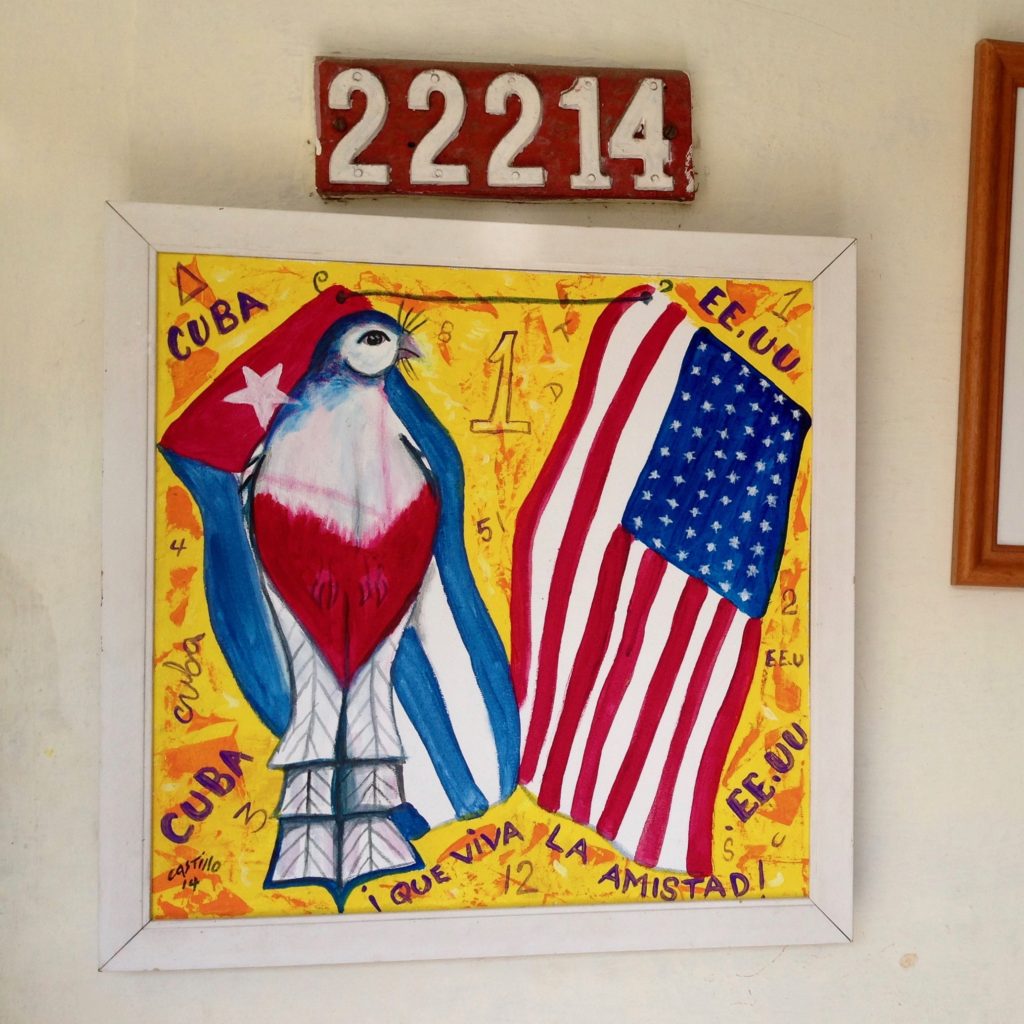
What happens on these trips?
A trip under Support for the Cuban People always means:
- A full-time schedule of qualifying activities. Treasury has historically interpreted “full-time” as 6 to 8 hours per day.
- Qualifying activities generally involve spending our time with Cuban people and leaving them better off for our visit. The specifics can vary widely based on your interests.
- We can do almost anything we want outside of the full-time schedule of qualifying activities
The regulations suggest patronizing private businesses. So for example, I like to hire a private farm-to-table restaurant to roast a pig for us. And I hire a band to come eat that roast pork with us, play music for us, and teach us some Latin percussion. They’re friends of mine, and they’re great.
The regulations also require “meaningful interaction” with Cuban people. The most obvious of these interactions is the relationship you’ll build with our Cuban guide. But often my travelers connect hard with other people we meet along the way, too. My favorite part of the job is probably facilitating those interactions, helping you connect with the people we’ll meet.
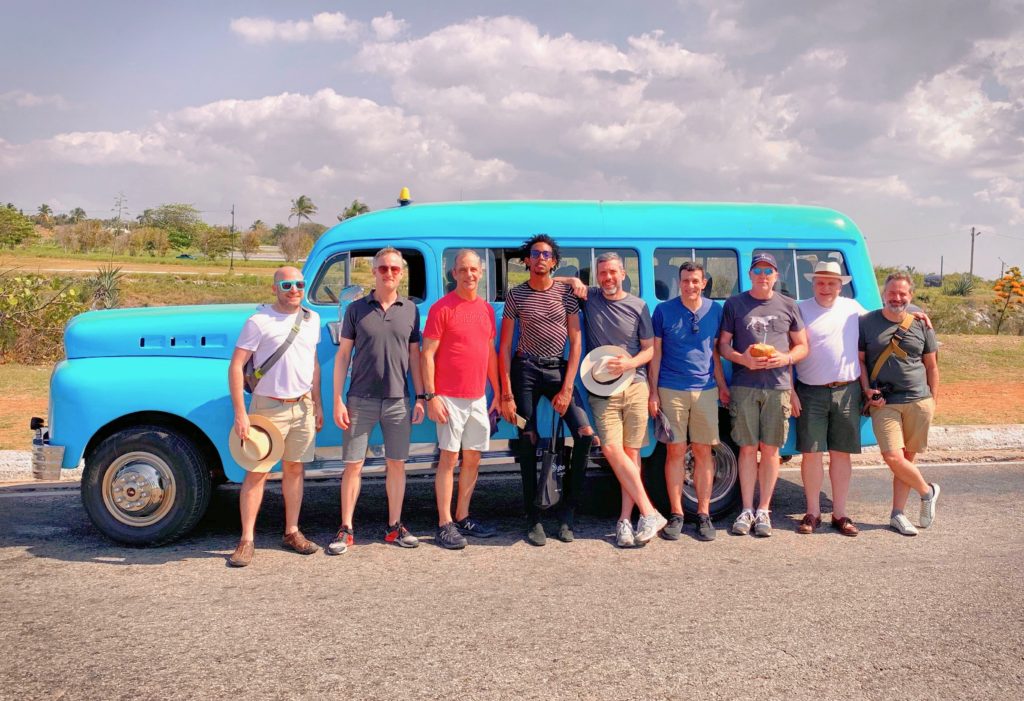
On top of that, for every trip I run, part of the budget is dedicated towards supporting Cuban communities. That’s always been part of my philosophy on travel: That any trip should benefit the communities we visit.
Exactly how that looks depends on you. If you’ve asked me to organize a Jewish or LGBT trip, then we’ll show extra love to Cuba’s Jewish congregations or LGBT movement. For the band who played at our pig roast, we brought them a bunch of clothes to freshen up their wardrobe. And if you’re businesspeople, we could do a deeper dive into Cuban entrepreneurship, getting to know some Cuban entrepreneur and offering support for their small business. I can choose the business based on your interests, whether that’s cars, jewelry, a winery… In general, the idea is to help people help themselves, which aligns perfectly with the Support for the Cuban People regulations.
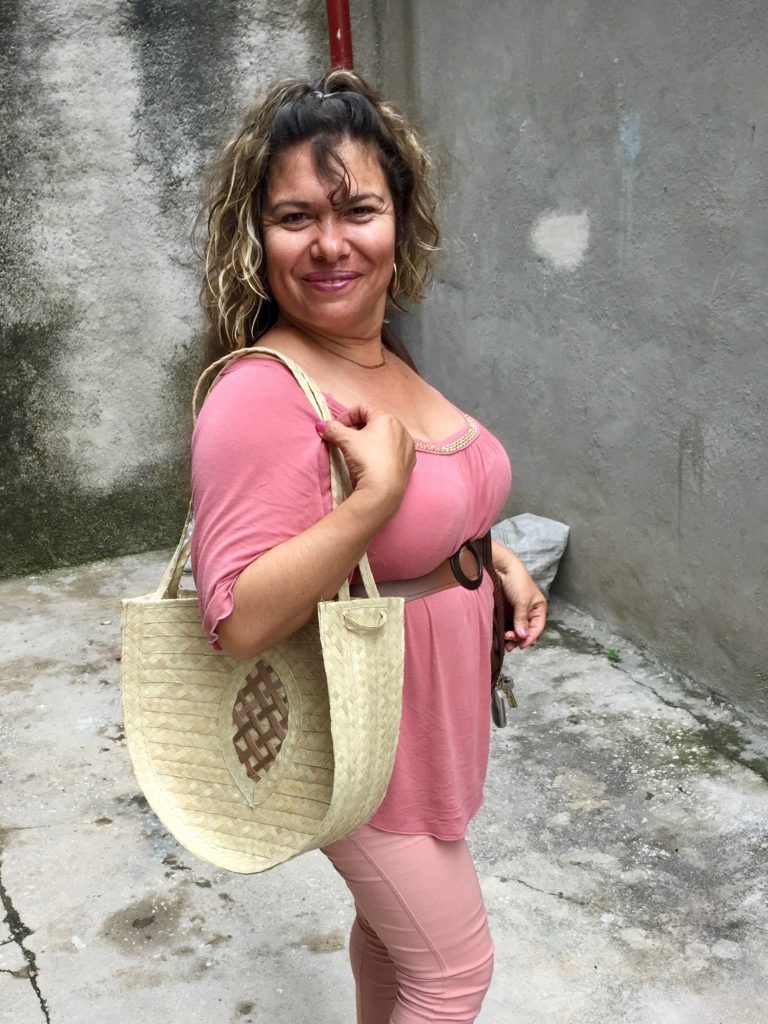
A day in the life
Here’s an example of a day on a recent trip.
- Visit a produce market and a ration store with a chef friend. Learn how people buy food in Cuba and the trouble it takes to get all the ingredients he needs for his restaurant.
- Stop at the Museum of Decorative Arts, showcasing a famous mansion filled with art and home decor from the Cuba of yesteryear. (This state-run museum was not a qualifying activity.)
- Have lunch at the restaurant of my chef friend. He talked with us about his business, his view of Cuban society, and his hopes for the future.
- Meet representatives of a couple community-based social justice projects. Dialogue about their work, our common experiences, and the challenges they’re facing. Support their work with donations and technical support.
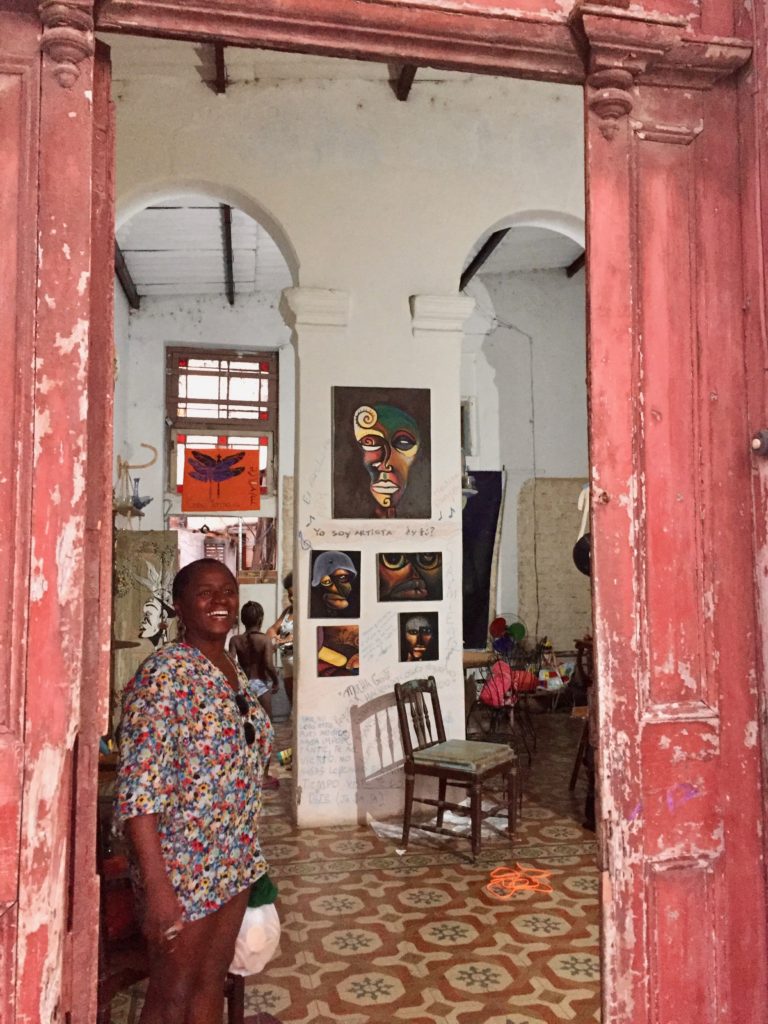
- A couple hours of down time before dinner. Some of the group explored Havana on their own while others went to the beach or took a nap.
- Dinner at one of my favorite private restaurants
- Evening encounter on the malecón, Havana’s wall along the sea, with a group of freelance musicians. This is a quintessential way to spend a night in Havana. Locals congregate along the wall sipping rum, chatting, flirting, and dancing to the music. We hit it off with the musicians, and later in the week, we met up with a couple of them again!
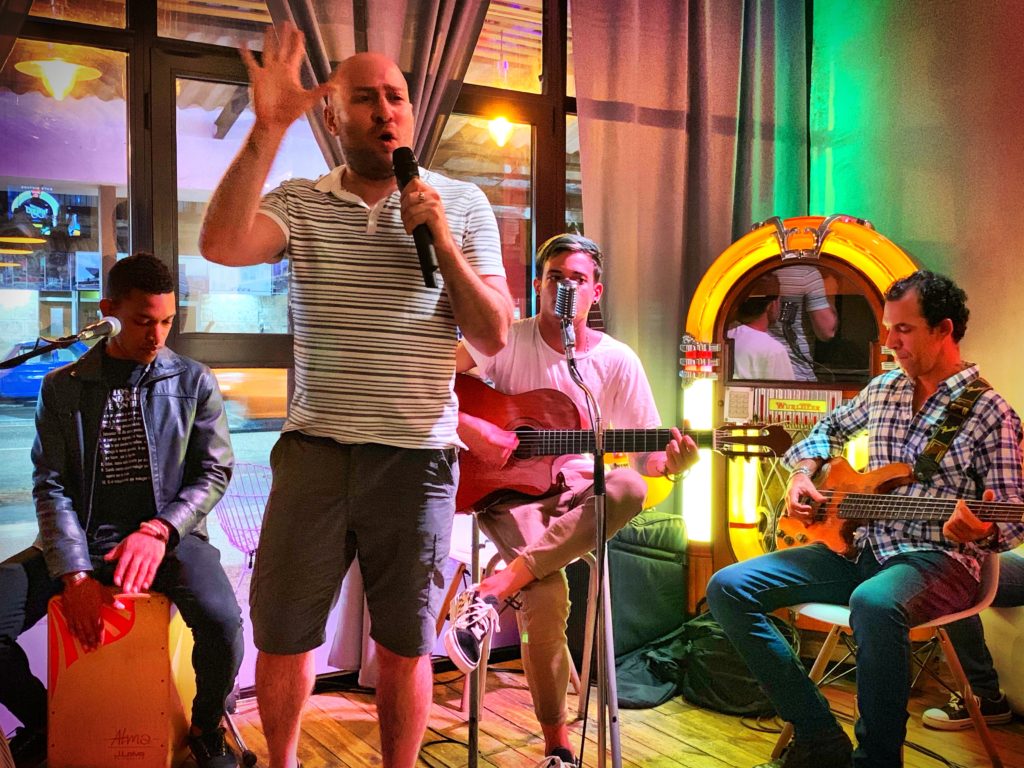
As always, I’m not a lawyer, and this is not legal advice!
Cover photo: Our group met up with a couple entrepreneurs for a discussion of entrepreneurship in Cuba. We also learned about their family business and their work in the LGBT community. Their business is a bakery, so of course we also got to try out some of the sweets!
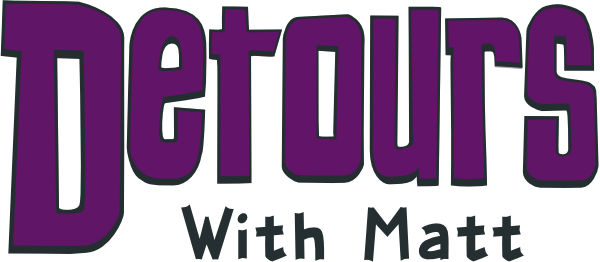

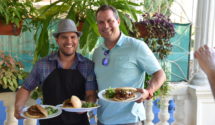

Write Your Comment